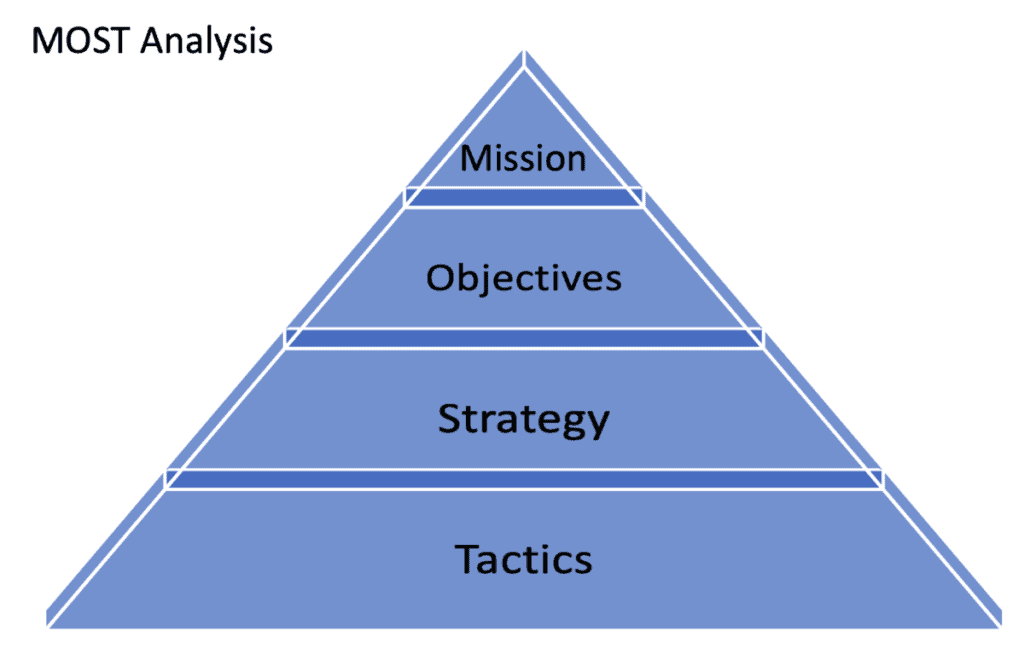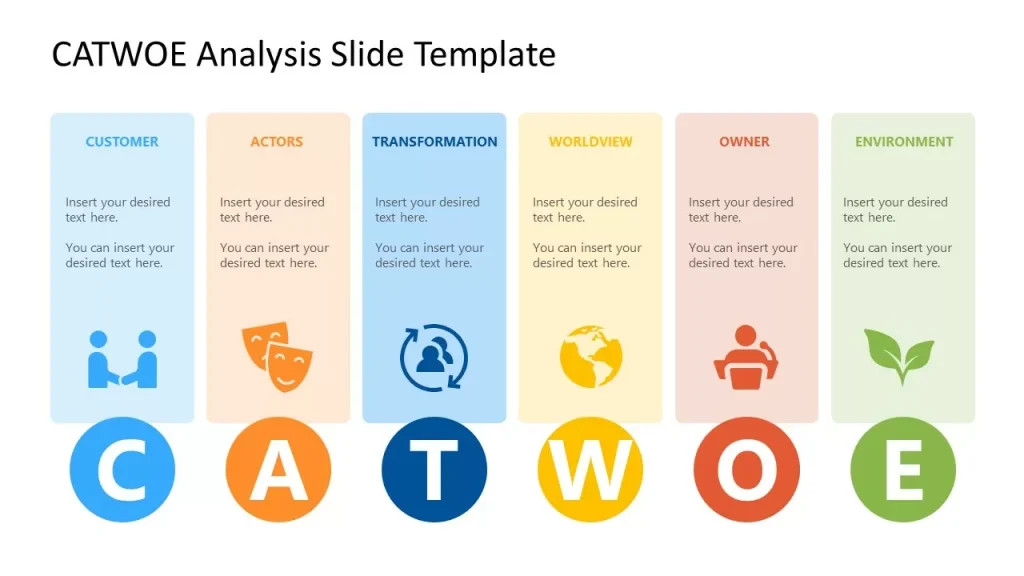
- Introduction to Business Analysis Techniques
- SWOT Analysis
- MOST Analysis
- CATWOE Technique
- MoSCoW Prioritization
- Five Whys Technique
- Brainstorming
- Use Case Modeling
- Process Mapping
- Root Cause Analysis
- Business Process Modeling
- Selecting the Right Technique
Introduction to Business Analysis Techniques
Business Analysis (BA) is a critical discipline that acts as a bridge between business objectives and technology-driven solutions. It focuses on understanding organizational challenges or opportunities and identifying the right solutions that deliver measurable value to stakeholders. A core part of this discipline is employing structured techniques to gather requirements, analyze business problems, model workflows, and communicate insights effectively. Business Analyst Methodologies bring clarity and rigor to the process of analyzing business needs. They allow analysts to break down complex problems, prioritize requirements, uncover root causes, and design solutions that align closely with strategic goals. These methods can be strategic or tactical, qualitative or quantitative, visual or textual. Selecting the appropriate technique based on the context is key to successful outcomes. This article explores essential Business Analysis Tools and Techniques, explaining their uses, processes, and benefits to help professionals enhance their analysis capabilities.
Are You Interested in Learning More About Web Developer Certification? Sign Up For Our Business Analyst Online Training Today!
SWOT Analysis
SWOT Analysis is a foundational strategic business analysis tools and techniques used to identify and evaluate the internal and external factors influencing an organization or project. The acronym stands for Strengths, Weaknesses, Opportunities, and Threats. Strengths and weaknesses reflect internal factors such as resources, capabilities, and processes, while opportunities and threats represent external market conditions, competition, regulations, or technology trends. Conducting a SWOT involves gathering stakeholders to brainstorm these four dimensions and then analyzing how internal strengths can leverage external opportunities or counter threats. For example, a company’s strong R&D team (strength) might capitalize on emerging technologies (opportunity), while a regulatory change (threat) might expose weaknesses in compliance. SWOT is widely used in strategic planning, product development, and feasibility assessments. Its simplicity helps organizations gain a holistic understanding of their environment, encouraging proactive strategies and risk mitigation.
MOST Analysis
- MOST Analysis is a strategic alignment tool focusing on Mission, Objectives, Strategy, and Tactics. It ensures that every project or activity supports the organization’s core purpose (mission). Objectives are specific measurable goals derived from the mission, strategies define the high-level approaches to achieve these objectives, and tactics specify the detailed actions or processes to implement the strategies.
- By applying MOST, teams ensure their work remains aligned with organizational priorities, preventing scope drift and miscommunication. For instance, a mission to “lead in sustainable energy solutions” may translate into objectives like “reduce carbon emissions by 30%,” with strategies involving renewable tech adoption and tactics including pilot projects and business analysis tools and techniques.
- This technique is particularly useful during project initiation and planning phases, as it clarifies why efforts matter and how success will be measured.
- The CATWOE technique is derived from soft systems methodology and is designed to capture different stakeholder perspectives in complex problem scenarios. CATWOE stands for Customers, Actors, Transformation process, Worldview, Owner, and Environmental constraints.
- This approach helps analysts frame the problem from multiple angles. Customers represent those affected, Actors are those involved in carrying out activities, and Transformation is the change happening. Worldview captures the broader context or philosophy, Owner identifies who controls or can authorize changes, and Environmental constraints reflect external factors limiting possibilities.
- Using CATWOE helps avoid narrow or biased problem definitions by ensuring all stakeholder views are considered. It supports solution design that is socially acceptable and feasible within real-world constraints.
- Brainstorming is a collaborative ideation technique where team members generate as many ideas as possible without judgment or filtering. The focus is on quantity over quality in the initial phase, creating a free-flowing environment that sparks creativity and innovation..
- Effective brainstorming sessions begin with a clear problem statement or question, encouraging open participation. Visual aids like whiteboards, sticky notes, or digital tools often support idea capture. After idea generation, the group evaluates and refines options to identify viable solutions..
- This technique is versatile and widely used in requirement elicitation, risk identification, and solution design phases. It builds team engagement and often leads to creative breakthroughs.
- Use Case Modeling describes how users (actors) interact with a system to achieve specific goals. Each use case represents a discrete function or task the system must perform from a user’s perspective.
- A typical use case model includes actors (human users or other systems), use cases (the tasks), and relationships such as include or extend to depict dependencies. This modeling technique helps clarify functional requirements and system boundaries, bridging communication between business stakeholders, analysts, and technical teams.
- Business Process Modeling uses formal notation, commonly BPMN (Business Process Model and Notation), to document complex workflows in a standardized way. It includes elements like events (start/end), activities (tasks), gateways (decisions), and sequence flows.
- BPM provides a precise, unambiguous way to capture processes, enabling automation and integration with IT systems. It is widely used in business process management initiatives, software development, and compliance reporting.

Are You Preparing for Business Analyst Jobs? Check Out ACTE’s Business Analyst Interview Questions & Answers to Boost Your Preparation!
CATWOE Technique

MoSCoW Prioritization
MoSCoW is a popular prioritization method widely adopted in Agile environments to categorize requirements into four buckets: Must Have, Should Have, Could Have, and Won’t Have (this time). This classification helps teams and stakeholders agree on which features or functionalities are essential to deliver a viable product versus those that can be deferred or excluded. In practice, stakeholders collaboratively assign priority levels to each requirement. Must Haves are non-negotiable without them, the solution is incomplete. Should Haves are important but not critical. Could Haves enhance user experience but are optional. Won’t Haves are consciously excluded for the current delivery cycle. MoSCoW helps manage scope, focus efforts on critical needs, and set realistic expectations, which is particularly valuable in iterative and incremental delivery models.
Are You Considering Pursuing a Master’s Degree in Business Analyst? Enroll For Business Analyst Masters Program Training course Today!
Five Whys Technique
The Five Whys is a simple yet powerful root cause analysis method used to identify the fundamental reason behind a problem. It involves asking “Why?” repeatedly typically five times to peel back layers of symptoms and reach the core issue. For example, if a software release was delayed, the team would ask why the delay happened. Each answer leads to the next question, uncovering deeper causes such as inadequate testing resources, unclear requirements, or poor communication. The iterative questioning helps prevent treating superficial symptoms and drives corrective actions that resolve underlying problems. This technique requires no special tools, can be conducted quickly, and encourages critical thinking, making it a favorite in problem-solving workshops.
Brainstorming
Are You Interested in Learning More About Business Analyst? Sign Up For Our Business Analyst Online Training Today!
Use Case Modeling
Use case diagrams and narratives guide developers and testers by clearly defining expected system behavior, reducing ambiguity and rework.
Process Mapping
Process mapping visually represents the flow of activities within a business process, showing sequences, decision points, inputs, and outputs. Common formats include flowcharts, swimlane diagrams, and value stream maps. Flowcharts show the linear flow of steps, swimlane diagrams organize steps by responsible roles or departments, and value stream maps highlight value-adding versus non-value-adding activities. Process maps document current workflows (“as-is”) and support designing improved workflows (“to-be”). They enable teams to identify inefficiencies, bottlenecks, or redundancies, which can then be targeted for improvement or automation. Process mapping enhances shared understanding and supports compliance efforts, making it a staple in process improvement initiatives.
Root Cause Analysis (RCA)
Root Cause Analysis is a systematic approach to discovering the underlying causes of problems to prevent recurrence. RCA uses multiple techniques such as Five Whys, Fishbone (Ishikawa) diagrams, Pareto analysis, and fault tree analysis. The process involves clearly defining the problem, collecting data, brainstorming possible causes, analyzing evidence to pinpoint root causes, and developing corrective actions. By addressing root causes instead of symptoms, organizations reduce downtime, improve product quality, and enhance customer satisfaction. RCA is integral to continuous improvement and quality management frameworks.
Business Process Modeling (BPM)
The clarity BPM offers helps organizations optimize operations, reduce errors, and ensure consistency across departments and systems.
Selecting the Right Technique
Choosing the right Business Analysis Techniques depends on the nature of the problem, project scope, stakeholder involvement, and Business Analyst Methodologies used (Agile vs Waterfall). For strategic decisions, SWOT and MOST provide big-picture insights. Complex, multi-stakeholder problems benefit from CATWOE or RCA. When managing requirements, MoSCoW prioritization helps focus efforts. Brainstorming sparks creativity during ideation, while use case modeling and process mapping support detailed requirements and design. Effective analysts adapt techniques based on context, combining multiple approaches for thorough business analysis tools and techniques.
Summary and Importance
Business Analysis techniques are foundational tools that enable analysts to approach problems methodically, communicate clearly, and deliver solutions aligned with business needs. Mastery of these methods helps avoid common pitfalls like scope creep, miscommunication, and requirement ambiguity. In today’s dynamic business environment, organizations demand agility, collaboration, and evidence-based decision-making. BA techniques provide the framework to meet these demands, ensuring projects deliver value and meet stakeholder expectations. Whether working in traditional Waterfall or modern Agile environments, knowing Business Analyst Methodologies and how to apply these techniques is essential for any business analyst’s success and career growth.




